Summary | Excerpt | Reviews | Readalikes | Genres & Themes | Author Bio

Biological Weapons and America's Secret War
by Judith Miller, et. al.
The scientists toiled on anthrax for killing enemy troops and agricultural blights for destroying Japanese rice and German potatoes. It wasn't easy work. For instance, they had to coax the anthrax bug into its best form. Toward the end of its growth cycle, they used heat or chemical shock to force the rod-shaped bacteria to convert into spores, a dormant state. When the process worked properly, the spores were very hardy, resisting heat, disinfectants, sunlight, and other environmental factors. Anthrax spores had been known to remain viable for decades. The scientists harvested the spores and put them into weapons. Upon being inhaled, the spores would convert back to rods and establish an infection.
The Detrick scientists also learned how to reap the poisons that some bacteria excrete -- a tactic that sidestepped the necessity of infection and instead yielded deadly toxins that could be sprayed directly on foes. One was botulinum toxin, the most poisonous compound known to science. It paralyzes muscles, including the diaphragm, without which the lungs cannot function, and its victims quickly die. In time, the scientists learned how to make botulinum toxin so concentrated that a pound of it, if properly dispersed, could in theory kill a billion people.
None of the biological arms developed by the United States were used on the battlefield during the war, and afterward the effort slowed down markedly and shrank in size. But it endured. One reason was that the Americans obtained thousands of records from Japan documenting the Imperial Army's germ-warfare program during World War II. Japan had killed thousands of Chinese in widespread attacks with anthrax, typhoid, and plague on Manchurian towns and cities, Western scholars say. Doctors in the army's infamous Unit 731 had also conducted gruesome experiments on Chinese and other prisoners of war, including Americans. Doctors had infected healthy prisoners with pathogens to learn how diseases spread. Many victims, or "logs" as the Japanese called them, were deliberately starved and frozen to death. Some were dissected alive. While nine Japanese doctors and nurses were convicted after the war of having vivisected eight captured American fliers, no senior Japanese official was tried for having waged biological warfare. And American officials granted Unit 731's chief, Shiro Ishii, and several of his associates immunity from prosecution in exchange for the voluminous records of Japan's germ program and their help in deciphering them. The scientific data were considered a windfall and carefully studied.
The American military was fascinated by a weapon of mass destruction whose costs were so low compared with those for chemical arms and the atom bomb, recently invented. The federal government worried that not only the Soviets but other adversaries making similar comparisons would be tempted to develop pathogens for warfare. Pound for pound, germ weapons were seen as potentially rivaling nuclear blasts in their power to maim and kill, and some were considered even more destructive.
In a secret report of July 1949, a panel of more than a dozen senior federal and private experts told the secretary of defense that germ weapons deserved more attention in planning and development. Such warfare was "in its infancy," the panel said, and foreseeable advances would raise weapon effectiveness "by a very large factor." Germ weapons, silent but deadly, were ideal for covert attacks. "The resemblance of the results of such sabotage to natural occurrences," the panel said, would greatly aid clandestine use. It warned that germ attacks on the United States "might be disastrous" and urgently recommended crash programs of "home defense, involving collaborate efforts of federal, state and private agencies."
Some veterans of the secretive work disagreed with the government's reasoning. Theodor Rosebury, a microbiologist at Detrick during the war, assailed germ weapons in his 1949 book Peace or Pestilence. He warned that the field's promises were illusory and that its munitions had no real military value, since the outcome of germ attacks would always be impossible to predict or control. The expertise, he argued, should instead be turned to attacking infectious disease. His plea had no immediate impact.
Copyright © 2001 by Judith Miller, Stephen Engelberg, and William Broad.
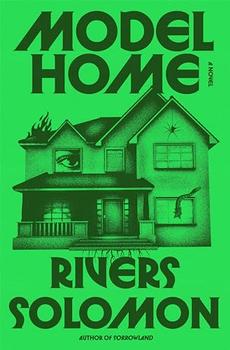
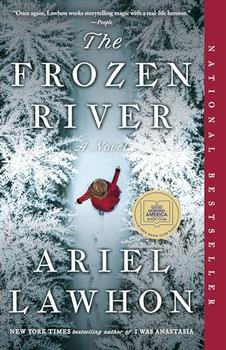
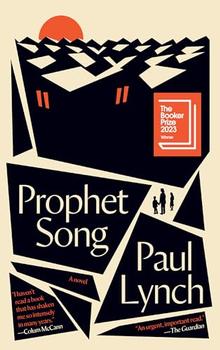
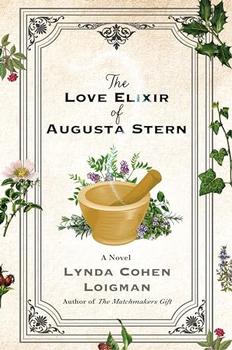
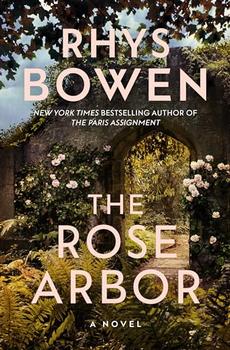
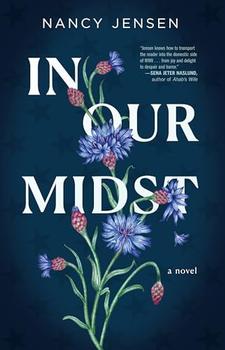
Good as it is to inherit a library, it is better to collect one.
Click Here to find out who said this, as well as discovering other famous literary quotes!
Your guide toexceptional books
BookBrowse seeks out and recommends the best in contemporary fiction and nonfiction—books that not only engage and entertain but also deepen our understanding of ourselves and the world around us.